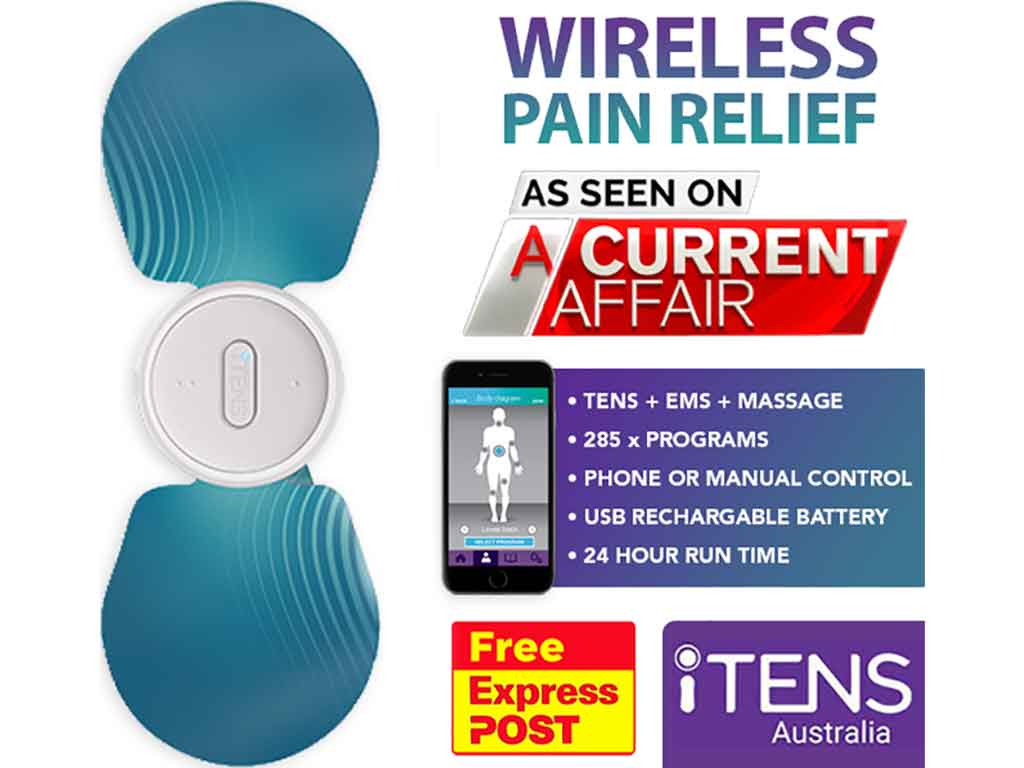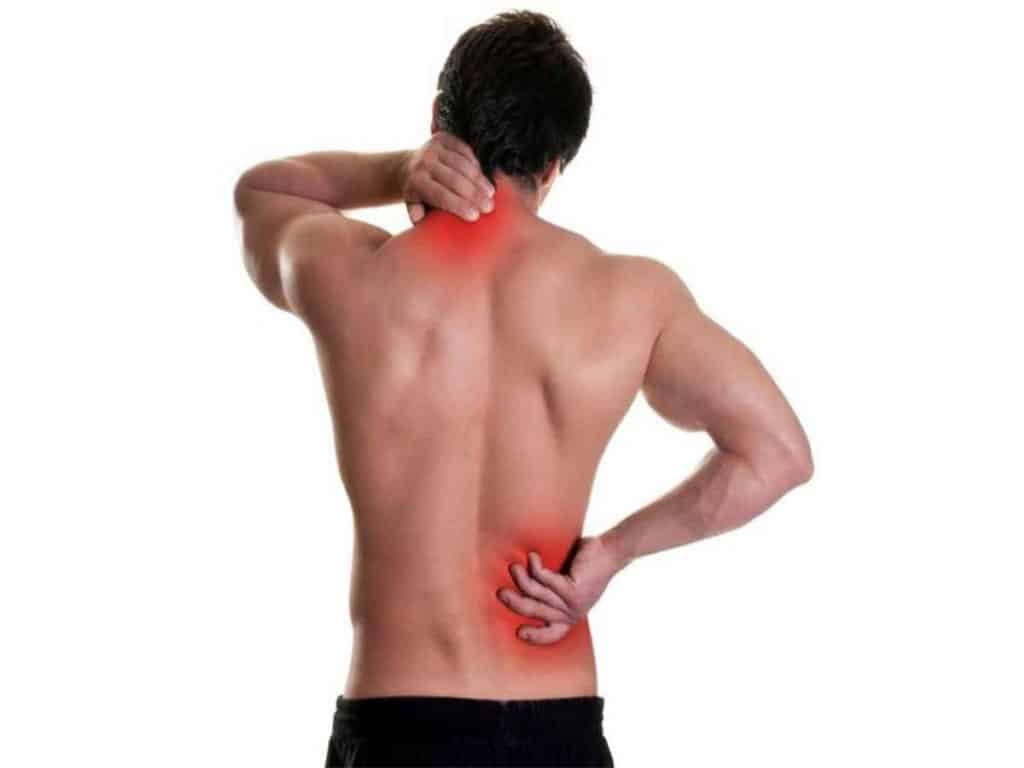
Dry needling with a TENS unit is a technique in physical therapy to relieve muscle pain and tension. TENS stands for Transcutaneous Electrical Nerve Stimulation and involves the use of a portable device that delivers low-level electrical currents. Dry needling, on the other hand, involves the insertion of thin needles into active trigger points to release muscle tension and improve range of movement. When combined, it can provide targeted pain relief and promote muscle relaxation.
Pain serves as the natural signal of the body that something is wrong. When people experience pain, they typically investigate the affected area immediately, feeling sensations like sharpness, dullness, throbbing, or burning. Most of them take analgesics because it is accessible. However, medications may not be enough sometimes. Alternatively, people can opt for dry needling with electrotherapy. This article will present the combination of dry needling and TENS therapy, including the conditions it can treat and the safety precautions.
What Is Dry Needling with a TENS Unit?
Dry needling with a TENS unit is a therapeutic intervention to alleviate pain by addressing muscular tension and promoting recovery. In this procedure, thin, dry needles are strategically inserted into taut bands of skeletal muscle fibres associated with chronic or acute pain. Derived from Chinese medicine principles, the needling aims to restore balance in the energy flow of the body by targeting specific points.
Complementing dry needling, a TENS unit is utilised concurrently. This device administers mild electrical currents through electrodes placed on the skin. It disrupts pain signals and can trigger the release of endorphins, the natural painkillers that the body produces. By integrating electrical stimulation, the TENS unit enhances pain management for individuals dealing with various types of pain.
Generally, there are two types of TENS machines: wired and wireless. Wired units use lead cables to connect the controller and power source to the electrodes. These are often seen in hospitals and physical therapy clinics. Meanwhile, wireless units utilise Bluetooth technology to control the electrodes. Many use these at home because they are portable and easy to use at any time.
Main Benefits of the Therapy
- The therapy effectively reduces pain intensity by targeting specific muscle areas and modulating pain signals through electrical impulses.
- The combination helps release muscle tension in taut muscle bands, promoting relaxation and improved flexibility.
- By stimulating specific points with dry needles, the therapy aids in the natural healing process of the body.
- The treatment contributes to better overall function, making daily activities more manageable for individuals dealing with pain.
- The integration of both methods addresses not only muscular pain but also influences connective tissues, providing a comprehensive solution.
- Dry needling and TENS jointly induce a sense of relaxation, easing both physical and mental tension.

What Conditions Can Dry Needling with a TENS Unit Treat?
Dry needling with a TENS unit can effectively treat a variety of conditions. Firstly, it can manage acute pain such as post-surgery pain, fractures, labour pain, muscle sprains, and period pain. The TENS unit can provide analgesic effects to help reduce the intensity of the pain. On the other hand, dry needling can target specific areas to release muscle tension and improve range of motion.
Secondly, TENS treats chronic pain that persists for more than three months. Conditions such as sciatica, fibromyalgia, ankle tendonitis, osteoarthritis, frozen shoulder, and bursitis can benefit from this treatment approach. The electrical activity from the TENS unit can help disrupt the pain signals, while dry needling can help release tight muscles and improve function. This combined approach enables people to better manage their daily lives.
Thirdly, the treatment aids individuals with general body pain in specific areas like the wrists, elbows, shoulders, knees, ankles, hips, thighs, hands, or feet. The combination of TENS and dry needling can help reduce muscle soreness, improve mobility, and alleviate localised pain. It allows users to move more comfortably.
How to Improve the Quality of Life
Dry needling with a TENS device improves the quality of life of an individual by reducing pain and promoting muscle relaxation. Dry needling helps release trigger points and tight muscles, which can alleviate pain and improve flexibility. This can lead to increased physical activity, better sleep, and improved mood and overall well-being.
The addition of a TENS unit can further enhance the pain-relieving effects by blocking pain signals and promoting the release of endorphins. Moreover, this combined therapy can help individuals reduce their reliance on pain medication. This may result in enhanced mental clarity, decreased risk of addiction, and improved long-term health overall.

Safety Precautions to Consider Before Undergoing Dry Needling with a TENS Unit
Before undergoing dry needling with a TENS unit, it is important to consider several safety precautions. Firstly, people should ensure the qualifications and experience of the person performing the therapy. This will help reduce the risk of injury and ensure that the health professional performs the procedure safely and effectively
Secondly, communication is key. It is vital to communicate any allergies or sensitivities to materials that qualified professionals may use during the procedure. This will help prevent any adverse effects and ensure that professionals tailor the procedure to the specific needs and health concerns of the individual.
Thirdly, pregnant women and patients with cardiac pacemakers or defibrillators should not use TENS machines. This is because electric currents can interfere with the functioning of these devices and have negative effects on the fetus, resulting in increased levels of risk. It is always advisable to consult a healthcare professional before undergoing any form of therapy. By considering these safety precautions, individuals can ensure that they receive the benefits of dry needling with a TENS device.
Are There Side Effects?
A TENS unit may cause potential side effects, including an allergic reaction to the adhesive pads. Symptoms may include redness, itching, or swelling at the site of the electrodes. It is important to discontinue use and consult with a healthcare professional if an allergic reaction occurs.
On the other hand, dry needling may lead to soreness at the needle insertion sites. Using a TENS device in combination with dry needling may exacerbate soreness due to the electric current. It is important to monitor pain severity and seek medical advice if soreness persists. Additionally, elevated levels of discomfort may prompt adjustments in the treatment.
Conclusion
In conclusion, the combination of dry needling with a TENS unit emerges as a versatile and effective solution for managing both acute and chronic pain. By strategically employing thin needles to target muscle tension and utilising a TENS unit to disrupt pain signals, this approach offers relief for conditions ranging from post-surgery pain to chronic issues like sciatica and fibromyalgia. The combined benefits enhance mobility, alleviate discomfort, and empower individuals to navigate their daily lives with greater ease.
Furthermore, before opting for this therapy, individuals must prioritise safety. Confirming the qualifications of the practitioner is crucial to minimise risks. Effective communication about allergies ensures a tailored approach, preventing adverse reactions. Pregnant women and those with pacemakers should abstain due to potential complications. Consulting a healthcare professional before therapy is advisable. These precautions empower people to experience the benefits of TENS-based dry needling safely and effectively.







